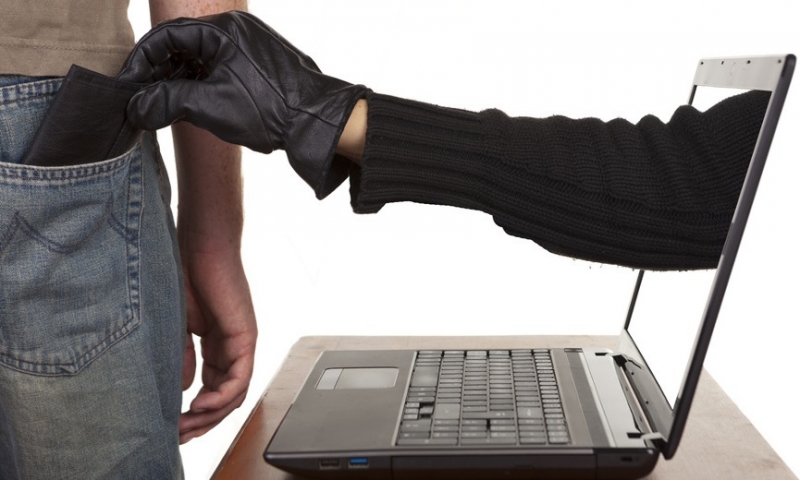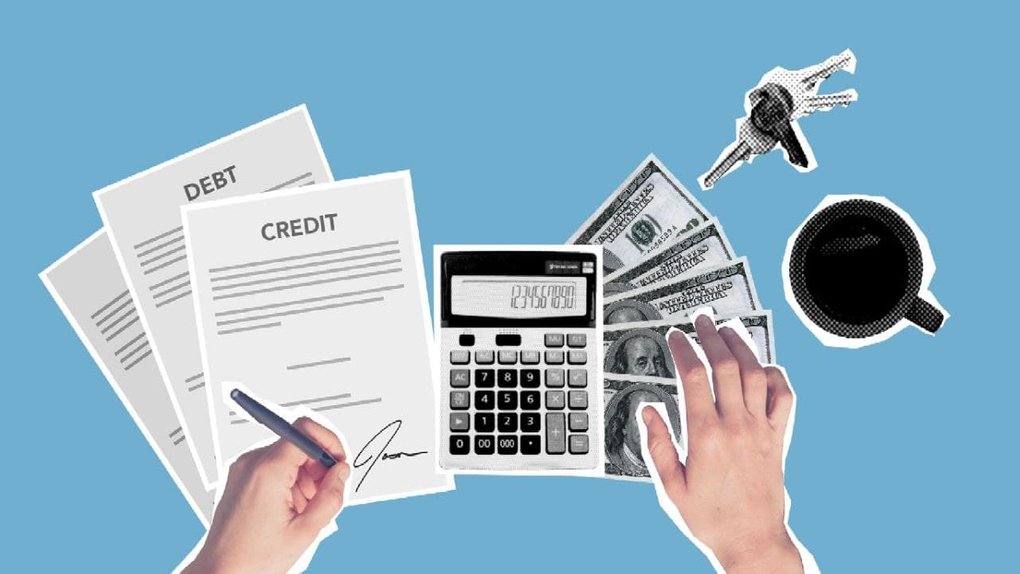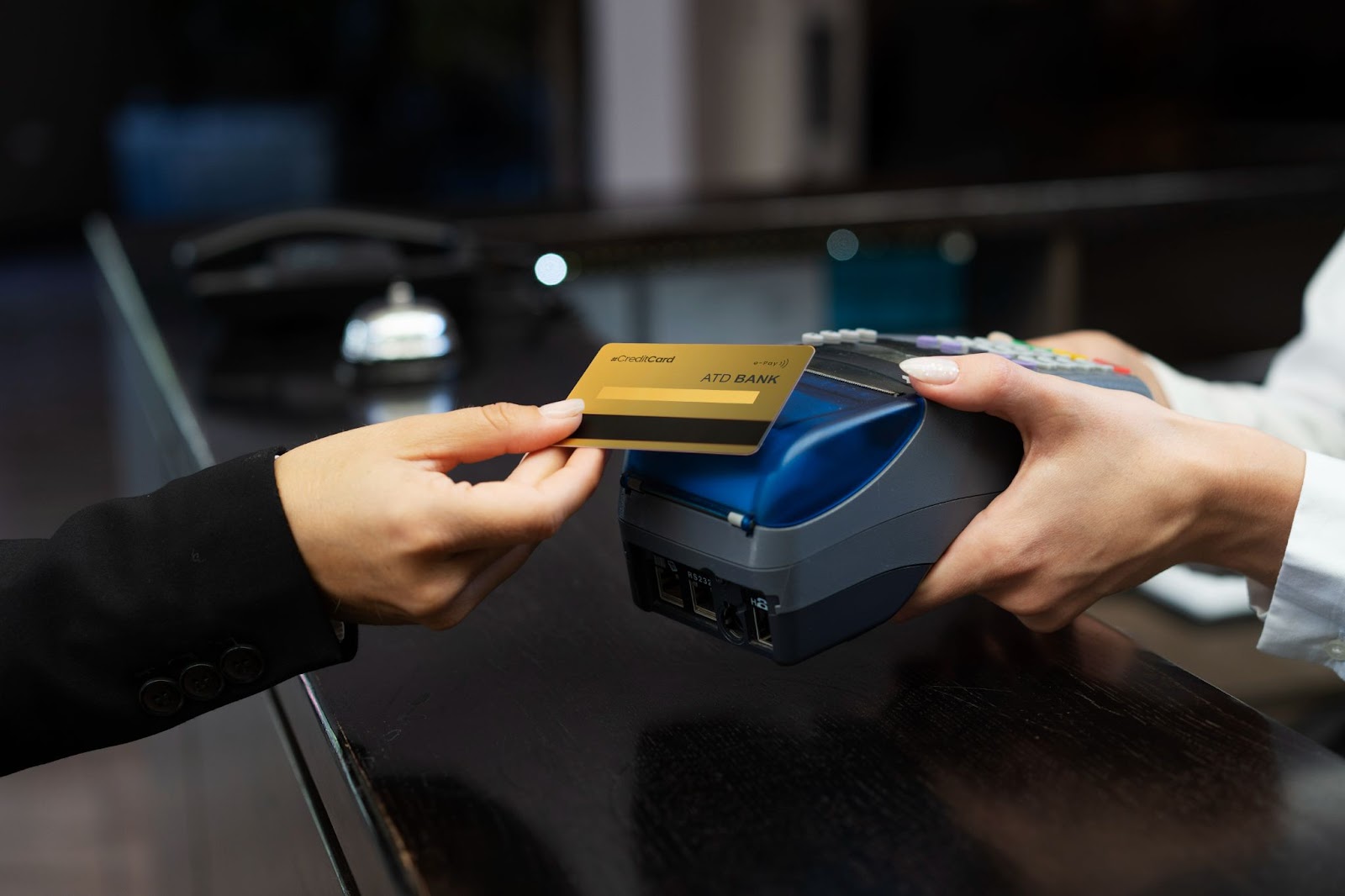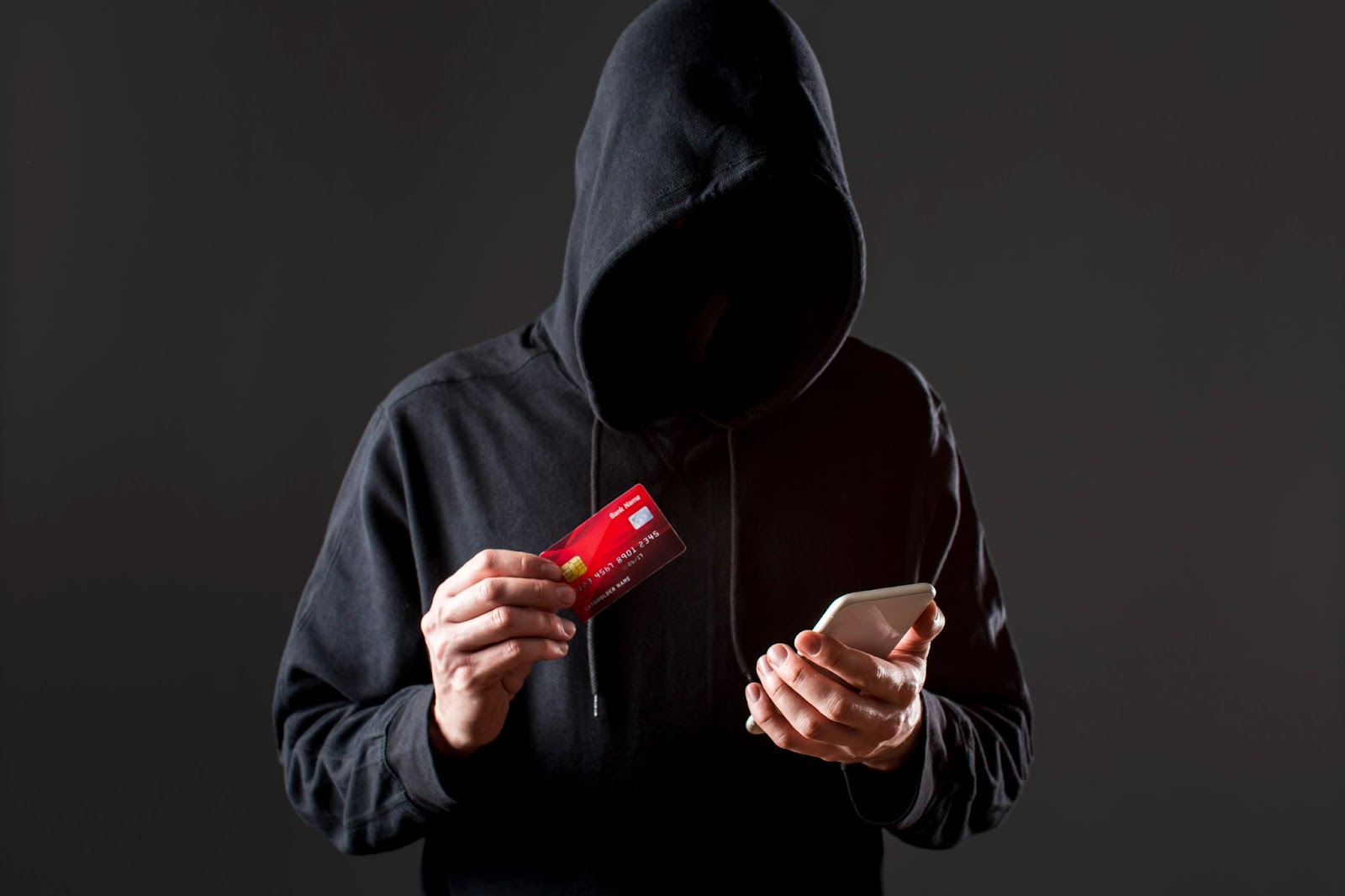Microfinance organizations have become a popular way to get a loan quickly and without unnecessary bureaucracy. People turn to them when banks refuse credit, or when money is needed urgently. But along with convenience came risks. The microloan sector has long been attractive not only to honest companies, but also to scammers.
Some use fake websites and trick people into revealing their data, others take out loans in someone else's name, while others act on behalf of officially registered MFIs but use unscrupulous methods: hidden fees, imposed services, threats, and manipulation. All this turns a simple loan into a source of serious problems. Therefore, it is important to understand how to protect yourself from scammers and what to pay attention to when choosing a microfinance organization.
How scammers operate: schemes that are most commonly encountered
Among the most common schemes is taking out a loan without the person's knowledge. This is possible if criminals gain access to copies of documents, mobile numbers, or email. Such data often ends up online after leaks or through fake forms on fraudulent websites. As a result, a loan from a microfinance organization can be issued, and the owner finds out about it only after penalties have been applied.
Fake MFIs are also common. They create websites that mimic the appearance of real companies. People are invited to apply, promising a loan on favorable terms. After submitting the data — no money, only new risks. Another scheme is “prepayment for processing”: the victim is asked to pay for insurance, a fee, or another charge before the loan is approved. After the funds are transferred, the scammers disappear.

Sometimes even legally operating microfinance organizations use unscrupulous methods: they include additional paid services in the contract, impose hidden penalties for delays, and use threats in collection. Formally, such actions do not always fall under fraud, but the consequences for the client can be just as severe.
How to recognize a dubious MFI
At first glance, all microfinance companies offer the same thing — quick loan processing, minimal documents, high approval speed. But if you look closely, you can notice warning signs that distinguish a reliable company from a potentially dangerous one. Here are the signs that should alert you:
- no transparent information about the license, address, and owners;
- the site operates without a secure connection (no https);
- the contract is not given for review in advance — only “for signature”;
- promise approval to everyone, without checks;
- impose additional services — insurance, fees, paid sms;
- require prepayment for application consideration;
- use pressure — call too often, demand immediate response.
If any of this matches — it's worth pausing and studying the company more deeply. A good microfinance organization does not hide conditions, does not require payments before receiving funds, and does not manipulate clients.

How to protect yourself from scammers and keep your money
You cannot completely eliminate the risk of encountering fraud, but you can minimize it. To do this, simply follow a few simple rules when dealing with microfinance organizations:
- Check the company before sending documents. Look for reviews, study the website, see if there is registration and a license.
- Never pay in advance. If a fee is required before receiving a loan — it's almost always a scam.
- Read the contract in full. Even if in a hurry, do not sign anything that is not clear. Pay special attention to the fine print.
- Do not send scans of your passport to unfamiliar companies. Documents can be used to take out a loan without your knowledge.
- Check your credit history. If a loan appears in it that you did not take, file a statement immediately.
By following these tips, you can protect yourself from most of the schemes used by scammers. Microloans are a tool that can be useful if used consciously. But in a world where data is easily stolen and fraud is becoming more sophisticated, caution is the best ally.

What to do if scammers have already taken out a loan in your name
If you suspect that someone has taken out a loan in a microfinance organization in your name, it is important to act quickly. First of all, check your credit history. This can be done through official bureaus. If there is an unknown loan in the report — save copies and contact the police.

It is also worth sending statements to the microfinance organization itself, the credit bureau, and the regulatory authority. If the scammers took out the loan illegally, you need to gather as much evidence as possible that this is the work of outsiders. The sooner you start acting, the higher the chance that the problem will be resolved without consequences.


